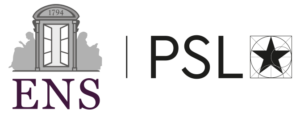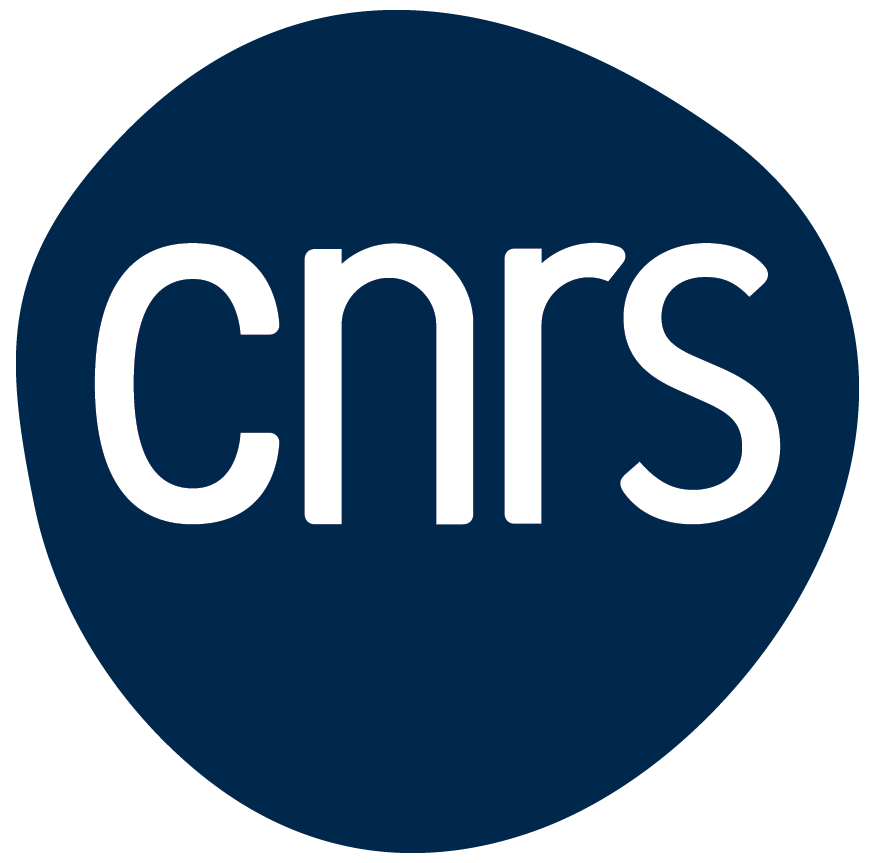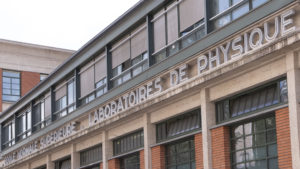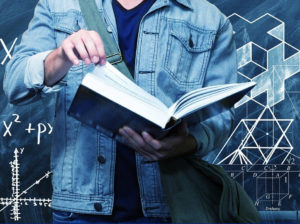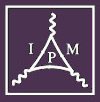The Philippe Meyer Institute at the Ecole Normale Supérieure in Paris has established an International Prize for a young researcher : the “Philippe Meyer Prize”. It is attributed every two years and aims at rewarding exceptional contributions to the field of Physics.
The Prize consists of a financial award of 10,000 (ten thousand) euros in addition to an invitation to spend one month as a visitor at the Philippe Meyer Institute.
A specific scientific field is chosen for every Call and the selection is made by an international jury whose names are published in the Prize web page after the selection of the laureate. Nominations for the Prize are open to all members of the international scientific community. Self-appointed candidacies are not accepted. The candidates should have received their PhD thesis less than ten years before January 1st of the award year. For women candidates an extra year is added for every child in charge. Persons holding an appointment at Ecole Normale Supérieure are not eligible to receive the Prize.
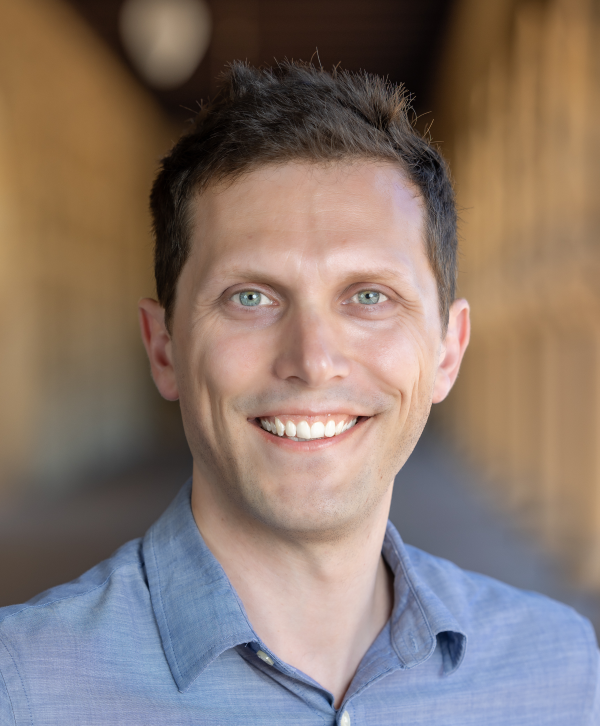
The Philippe Meyer Institute at the Ecole Normale Supérieure gladly announces that the 2024 Philippe Meyer Prize is awarded to Prof. BEN GOOD (Stanford Univerity) for his major breakthroughs on the evolution of microbial communities and the interplay between evolution and ecology.
The International jury of the Prize was composed by :
– Professor Jean-François Joanny (Chair)
– Professor David Nelson
– Professor Ben Simons
– Professor Haim Sompolinski
_______
Philippe Meyer Award Ceremony
April 4, 2025
Ecole Normale Supérieure, Salle Emile Borel, 29 rue d’Ulm, Paris 5e.
Program
14:00 – Introduction
14:15 – Benjamin Good, lauréat du Prix Philippe Meyer 2024
Statistical physics of evolving microbial communities
Underneath the fascinating biology, evolution is controlled by a stochastic dynamical process that describes how mutations arise and spread through a population. Although the rules of this process are simple, it can be surprisingly difficult to predict how they combine to determine the genetic and phenotypic structure of a population. In this talk, I will show how theoretical approaches from statistical physics, along with experimental data from rapidly evolving microorganisms, can enhance our quantitative understanding of this process. Specific attention will be devoted to microbial communities, where the interactions between ecology and evolution raise a unique set of challenges. I will discuss our recent efforts to predict the coupled ecological and evolutionary dynamics that emerge in minimal models of resource competition, and their connections to empirical data from laboratory evolution experiments and mammalian gut microbiomes. We will see that several counterintuitive behaviors arise in the high-diversity limit that characterizes many natural microbial populations, and that “large-N” approaches can be useful for understanding these self-organized dynamical states.
15:15 – Coffee break
15:45 – David Nelson (Harvard University)
Active Antagonism: Reproducing Microorganisms and Fluid Flows
The growth and evolution of microbial populations is often subject to advection by fluid flows in spatially extended environments, with immediate consequences for spatial population genetics in marine ecology, planktonic diversity and fixation times. We review recent progress made in understanding this rich problem in the simplified setting of two competing genetic microbial strains subjected to fluid flows. We first review microbial range expansion experiments on liquid substrates and then move on to discuss antagonism, i.e., two killer microorganism strains, each secreting toxins that impede the growth of their competitors (competitive exclusion), both with and without stationary fluid flows. Recent experiments that reveal the presence of a genetic line tension are described. Coupled reaction-diffusion equations that include advection by simple steady cellular flows composed of characteristic flow motifs in two dimensions reveal how local flow shear and compressibility effects can interact with selective advantage to have a dramatic influence on genetic competition and fixation in spatially distributed populations. We analyze a variety of 1d and 2d flow geometries including sources, sinks, vortices and saddles, and show how simple analytical models of the dynamics of the genetic interface can be used to shed light on the nucleation, coexistence and flow-driven instabilities of genetic drops.
16:30 – Jean-François Joanny (Collège de France)
Active Nematic Turbulence
In the limit of high activity, most active systems reach a state of spatio-temporal chaos which has been termed active turbulence. The aim of this talk is to describe our recent results on active turbulence in a single component nematic system in the limit where there are no nematic defects. We first discuss the flow instability of a homogeneous nematic states showing that it can be a supercritical or a sub-criticial bifurcation. We then show using large scale numerical simulations that there exist two turbulent states; a large scale fluctuating turbulent state and an arrested state. We show that the arrested state which is obtained for extensile rod-like nematics has a well defined labyrinth pattern of the nematic field and of the flow field. The slowing down of the fluctuations is due to a topological frustration of the labyrinth structure.
In collaboration with I. Lavi, R. Alert, J. Casademunt
17:15 – Fin
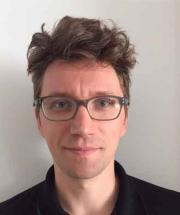
The scientific field is:“Theoretical High Energy and Elementary Particle Physics”.
The International jury is composed by Luciano Maiani (Chair), Belen Gavela and Michael Peskin.
They decided to award the Prize to: Alexander ZHIBOEDOV
The citation reads:
“…..for outstanding contributions to our understanding of the operator structure of quantum field theories with conformal invariance. His foundational work has applications to the search for new non-perturbative quantum field theories and to the analysis of Quantum Chromodynamics at particle colliders.”
The award ceremony took place in Paris, room L367, on December 12, 2022. It was the occasion of a half-day symposium:
![]() 2.30 pm — 2.45 pm J. Iliopoulos: Welcome address, The Philippe Meyer Prize
2.30 pm — 2.45 pm J. Iliopoulos: Welcome address, The Philippe Meyer Prize![]() 2.45 pm — 3:00 pm L. Maiani: Presentation of the laureate
2.45 pm — 3:00 pm L. Maiani: Presentation of the laureate![]() 3.00 pm — 4.00 pm A. Zhiboedov: “The operator structure of conformally invariant
3.00 pm — 4.00 pm A. Zhiboedov: “The operator structure of conformally invariant
quantum field theories and the geometry of spacetime”![]() 4.00 pm — 4.30 pm Coffee break
4.00 pm — 4.30 pm Coffee break![]() 4.30 pm — 5.30 pm L. Maiani: “Exotic hadrons”
4.30 pm — 5.30 pm L. Maiani: “Exotic hadrons”
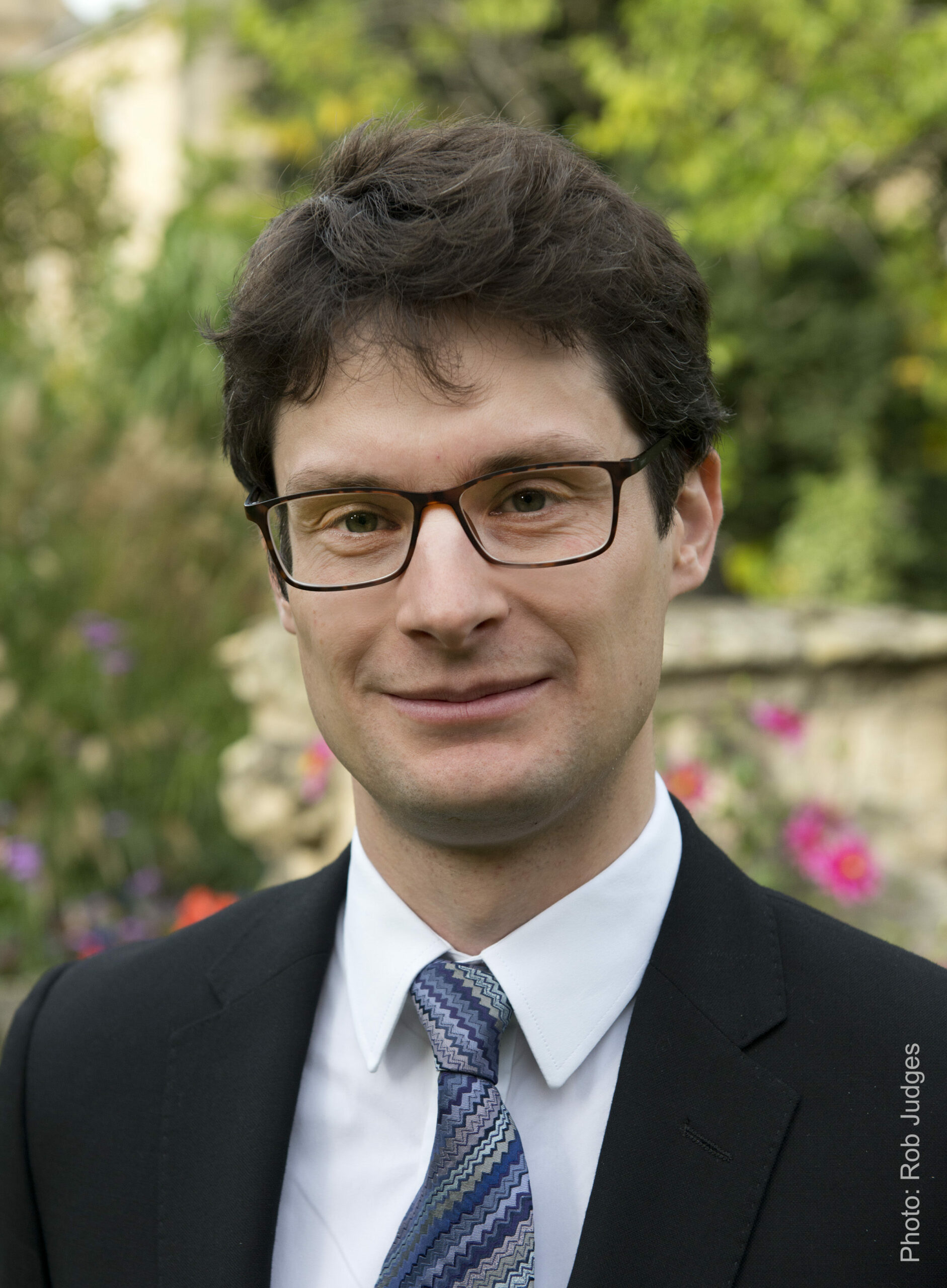
The scientific field was :“Statistical Physics of Out-of-Equilibrium Systems”
The International jury was composed by Prof. Herbert Spohn (chair), Prof. David Huse, Prof. Christopher Jarzynski and Prof. Andrea Liu
They decided to award the Prize to: Adam Nahum
The citation reads:
“ . . .for his ground-breaking contributions to the dynamics of non-integrable quantum many-body systems, in particular through the study of random quantum circuits.”
The award ceremony took place via teleconference in Paris in December 2020.
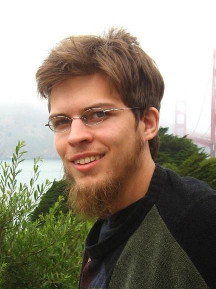
The scientific field was :”Quantum Field Theory, Strings and Gravity”
The International jury was composed by Prof. Michael Green (Chair), Prof. Ashoke Sen and Prof. Edward Witten.
They decided to award the Prize to :Aron Wall
The citation reads:
“Aron Wall is awarded the Philipe Meyer prize for multiple pathbreaking contributions at the interface of general relativity, thermodynamics andquantum field theory.”
The award ceremony took place in Paris in December 2018.
It has included a scientific talk by Aron Wall:
“How low can the energy density go?”
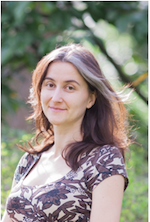
The International jury was composed by Prof. John Cardy ( Chair),Prof. William Bialek and Prof. Kurt Binder.
They awarded the Prize to:Lenka Zdeborova
The citation reads:
“ . . .for her achievements in extending the boundaries of statistical physics by developing a unified approach to questions about disordered systems, inference from noisy data, the structure of algorithmically hard problems, and the possibility of reconstructing high dimensional signals from low dimensional measurements (compressed sensing).”
The award ceremony took place in Paris in December 2 2016. It was the occasion of a half-day symposium:
![]() 2 pm: a presentation by the laureate
2 pm: a presentation by the laureate![]() 3 pm: John CARDY: Entanglement Hamiltonians
3 pm: John CARDY: Entanglement Hamiltonians![]() 4.30 pm: Kurt BINDER: Simulations of interfacial phenomena in soft condensed matter and nanoscience.
4.30 pm: Kurt BINDER: Simulations of interfacial phenomena in soft condensed matter and nanoscience.
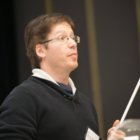
The scientific field was:”The Theory of Elementary Particles and their Interactions.”
The International jury was composed by Prof. Sheldon Lee Glashow (chair), Prof. Luis Alvarez-Gaumé and Prof. Alvaro DeRujula.
The Prize was awarded to:Zohar Komargodski
The citation reads:
“Zohar Komargodski has made important contributions to the understanding of supersymmetric quantum field theories. He studied their non-perturbative properties, their phase structures and several general featuresof supersymmetry breaking. Some of the results obtained have applications in the description of beyond the Standard Model theories based on supersymmetry. He has also explored the interplay between scale and conformal invariance in diverse dimensions with applications to the description of critical systems in condensed matter physics.”
The award ceremony took place in Paris in December 2014 during a Conference for the 40th anniversary of the ENS Laboratory of Theoretical Physics.
